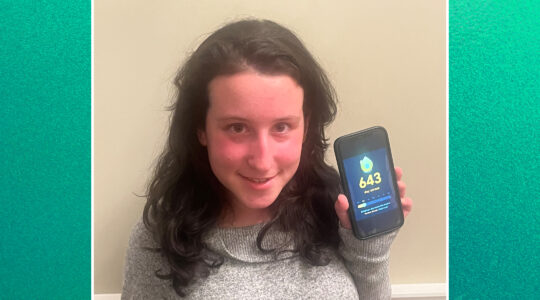Eva Zeisel (1906-2011) was trained as a fine artist in Hungary, where she was born. Her talent led her to move to Germany and then the Soviet Union, where she became a renowned glassworker. Glasswork was a government-regulated industry, and Zeisel was appointed to control virtually all the glassware being made in the USSR. It was especially notable, considering that she was not yet 30, a woman…and Jewish.
However, in 1936, Zeisel was imprisoned for 16 months–most of it in solitary confinement–on a falsified charge of conspiring to assassinate Stalin. After that, she was deported. She moved to Austria, where she married, and she and her husband left the country shortly before the Nazis invaded.
Together, they arrived in America with less than $70 in their pockets. Zeisel did what she did best–she started creating glassware and ceramics. People contracted her to make fine art and sculpture as well as utilitarian objects. Zeisel’s soup ladles and salt and pepper shakers went far beyond the dining room table; she was one of the first female artists to have a solo exhibition at the Museum of Modern Art in New York.
Zeisel died last month, but her work–and other pieces inspired by her–continue to be used in households all around the world. Her experiences in Stalin’s prison also formed the basis for popular novel Darkness at Noon, which was written by her childhood sweetheart, Arthur Koestler.
JTA has documented Jewish history in real-time for over a century. Keep our journalism strong by joining us in supporting independent, award-winning reporting.





